| Columns Retired Columns & Blogs |
Sony MDR-Z1R Sealed Over-Ear Headphones
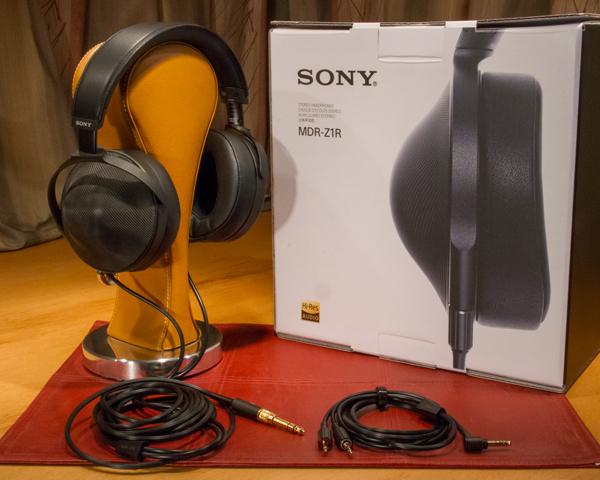
This story originally appeared at InnerFidelity.com
Twenty five years ago when I started HeadRoom and built the first commercially available portable headphone amplifier I said to myself, "The day Sony decides to enter the fray with a portable headphone amp my mission will be complete." That happened a few years ago and I've found it quite entertaining to watch this humungous consumer electronics company try to snuggle into our tiny headphone enthusiast niche.
Sure, they've been at it for quite a while: First in 1989 with the legendary $2500 MDR-R10, then in 2004 with the $3300 Qualia—an underperformerto me—but I didn't feel they were starting to really "getting it" until they introduced the PHA-1 portable headphone amplifier in 2012 and started showing up at headphone shows. It's a tricky thing to satisfying our kind, and personally, I don't think they've managed to bottle the magic of the original MDR-R10 since. Now they've taken another run at it with the similar looking, but vastly different MDR-Z1R. Let's have a listen.
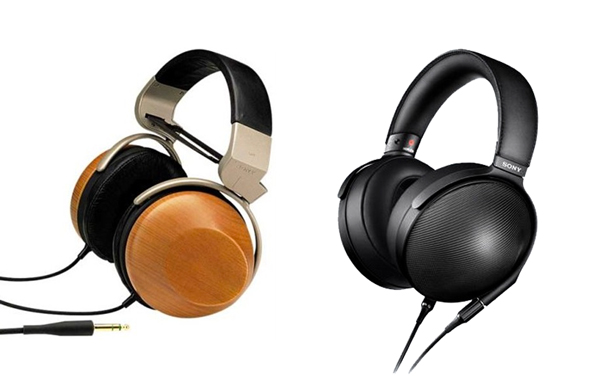
The 1989 MDR-R10 (left) and new MDR-Z1R (right).
Sony MDR-Z1R ($2,299)
The Sony MDR-Z1R is touted as an around-the-ear, sealed headphone, but measurements show it's better thought of as a semi-seal can. The build quality and look simply reek of luxury. This is a beautiful headphone.
The main internal headband arch is beta titanium; an alloy often used in orthodontics (braces for teeth) and glasses frames due to its superior strength and elasticity. The headband is indeed very flexible with just the right amount of caliper pressure. Sony claims it can be significantly bent and will still return to its original shape.
The headband exterior is leather covered. The ample headband cushion is covered with a very flexible material and cushions nicely...but it doesn't smell like leather, and seems to me to be a nice grade of protein leather. I really don't have a problem with this as its flexibility may give it superior performance in the area.
Aluminum headband arms extend from the ends of the headband for adjustment, and are detented to click into place. The adjustment is smooth, easy, and secure when set. The inward side of the headband arms are laser etched with markings to show how far the headband is extended.
An aluminum "hanger" (as Sony calls it) is attached to the arm ends and swivels to allow forward and back movement; the ear capsules attach to the hanger fore and aft to provide up/down tilt. A 3.5mm TRS jack is integrated into the rear end of the hanger. The jacks are threaded on the outside to permit a positive lock with the cable. While you'll probably not find many after-market cables with these threads, the jack is designed in such a way that it will accept a standard 3.5mm plug.
Earpads are leather over memory foam; ear openings are ear shaped and fairly large at 48mm x 62mm. The deep pads and angled driver allow generous room for the ears without touching the driver grill. The earpads have an unusual but very effective shape that allows them to mate nicely with the shape of your head/neck under your ear. They can be removed with a counter-clockwise twist, but I have not been able to find a part number for replacement pads.
At 385gr. the MDR-Z1R is a fairly light headphone for its size. Sony shows their ergo-chops with this one...the MDR-Z1R is extraordinarily comfortable.
Two cables with silver coated oxygen free copper conductors and gold plated connectors come with the MDR-Z1R: a 3 meter (9.8') cable terminated with a straight 3.5mm TRS plug with 1/4" adapter, and a 1.2 meter (3.9') cable terminated with Sony's new Pentacon 4.4mm TRRRS balanced connector in a 90 degree configuration. Both are terminated at the headphone ends with 3.5mm TRS plug with threaded housing to mate with the headphone's jacks.
It seems odd to me that balanced cable is the shorter of the two, I would have expected it to be the longer one for home use and the 3.5mm to be short for portable applications. Perhaps they were expecting folks to use the balanced cable with the new Sony NW-WM1Z Walkman, which has a Pentaconn jack.
Aftermarket cables are available from a number of sources, noteworthy among them is the Kimber Kable Axios model developed in collaboration with Sony. For all you DIY cable builders out there, Pentaconn connectors (as well as finished cables) are available from Moon Audio. This SBAF post and following gives some info on working with the new connector.
Lastly, a very nice leather bound, satin lined, presentation case with latching closure is included with purchase. Unfortunately, no travel pouch comes with the product.
And now, for the two big things...
The 70 mm Driver
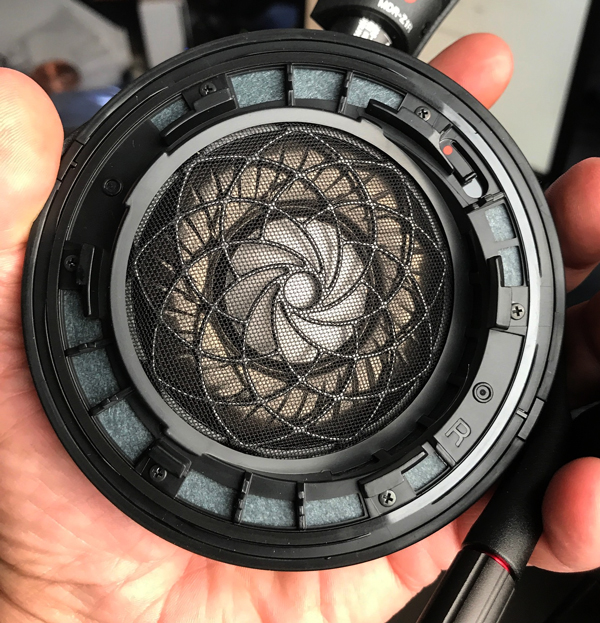
Holy guacamole! That driver is big!
At the center of the driver is a 30 micron thick magnesium dome, which is surrounded by a aluminized liquid crystal polymer (LCP) flexure fixed at its edge. Behind the edge of the dome is the 64 Ohm copper clad aluminum voice coil suspended within a two-piece neodymium magnet with pole piece. Sony claims the driver will respond to 120-kHz.
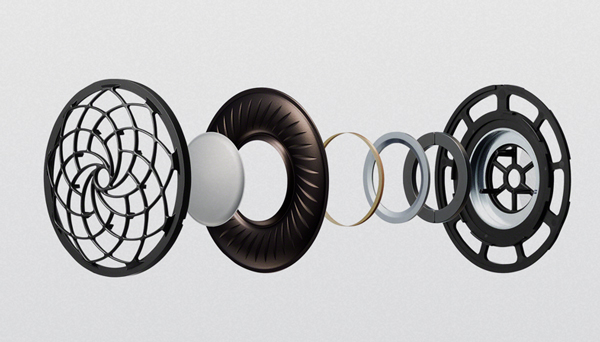
A few comments here: I really have a hard time believing the LCP around the dome, aluminized or not, will be rigid enough to continue to deliver pistoning movement in the audible range, much less to 120kHz. I'd love to see the Klippel scan of that.
For those of you not familiar with this concept, here's a few illustrations. These are simplified images of a circular film like you would have on a drum head, but the concept with headphone diaphragms is the same.
Here is the normal mode of vibration.
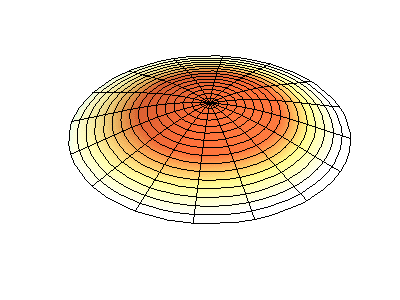
Here's the first annular mode.
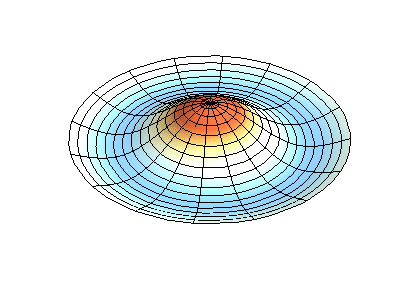
And the second annular mode.
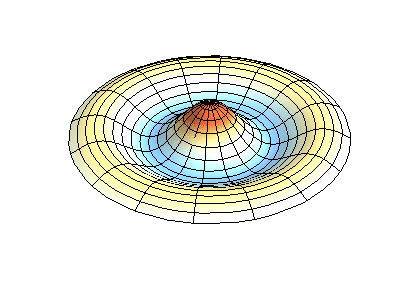
There are also rocking modes.
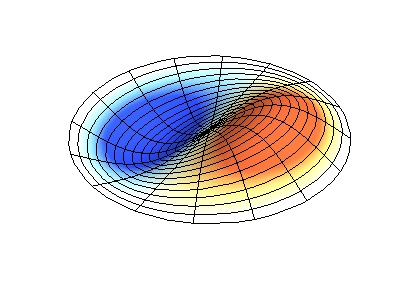
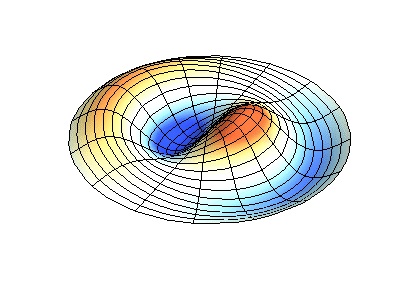
This behaviour can get very complex at high frequencies.
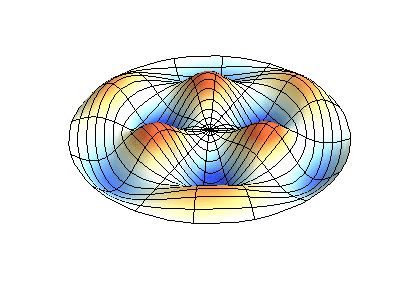
Modal "break-up," as it is often called, is quite common in plastic film diaphragms and can sometimes be seen as little wiggles in measured impedance. The behaviour can be reduced by making the diaphragm stiffer with metallization as Sony has done, or by making the diaphragm of a different material, which Sony has also done here with the magnesium dome. Other approaches include having a dome/diaphragm so stiff that it needs a surround at the very edge just like a regular speaker, as in Focal's metal domes, or fiber domes like AudioQuest and Denon's old DX000 lines.
My point here is that Z1R driver has a lot of surface area in that LCP edge, which provides opportunity for these modes to arrise.
A rather casual and possibly worthless comment is that the magnet and voice coil seem a bit small to me. But hey, that's something only a bunch of talk with the engineers could sort out.
In front of the driver is a "Fibonacci-patterned Grill." Sony's product information manual says:
The grill of the driver unit applies the pattern of the curve referred to in the Fibonacci sequence that makes its opening equalize (emphasis mine). Also, using the high rigidity material to thin the crosspiece as much as possible, the propagation of air is not inhibited and smooth ultra-high-frequency characteristics are made.
I'm not sure what that means exactly, but George Cardas would approve.
Resonance-Free Housing
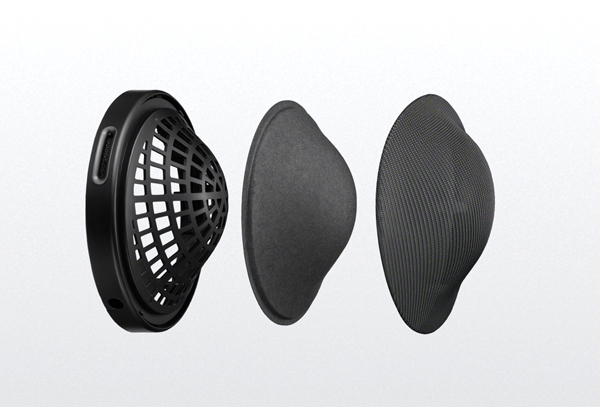
MDR-Z1R housing exploded with housing frame at left, acoustic filter at center, and housing protector at right.
The sumptuous curved housing delivers more then just good looks, it's designed to reduce resonances behind the driver. The housing frame establishes the shape of the housing; the housing protector is a contoured stainless steel wire mesh coated with a chromium compound, which Sony claims to be highly resistant to scratches or marking; the acoustic filter is the magic bit.
I prefer the term "acoustic resistor" as it's often used to describe aperiodic vents. Aperiodic vents are sometimes used in small speaker enclosures to reduce the "pressure effect" at low frequencies without introducing resonances as simple ports do—hense the term "aperiodic." In the MDR-Z1R this resistor is made of long-fiber Canadian softwood pulp in the traditional Japanese Washi paper style.
All well and good; I buy it in principle. But it's the shape of the housing that got me to thinking. I see it as a way to rid the housing of parallel surfaces that produce resonance by dispersing sound from the back of the driver and aiming it away from a return trip reflection. So I made a little drawing.
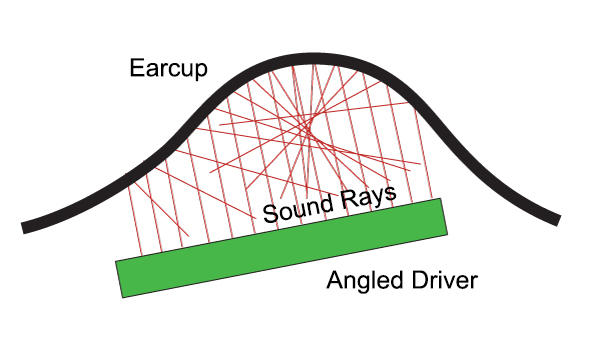
Because the driver is so large I assumed a planar wavefront and drew a ray trace diagram. As you can see, the complex curve does manage to point reflections away from the driver. I have no idea how accurate my assumption is, but it seems to make sense.
Let's have a listen...
- Log in or register to post comments




































